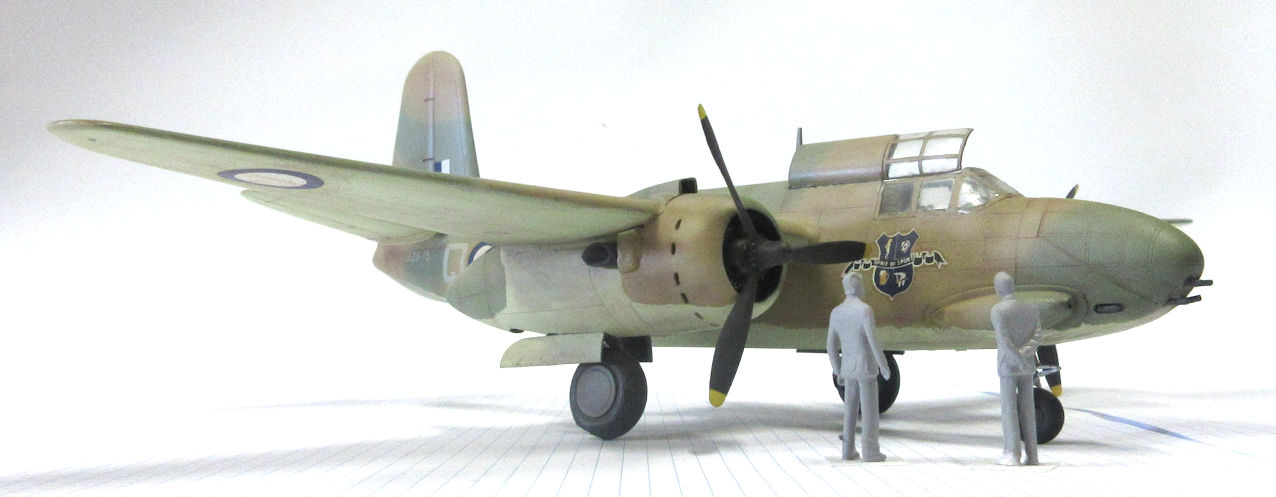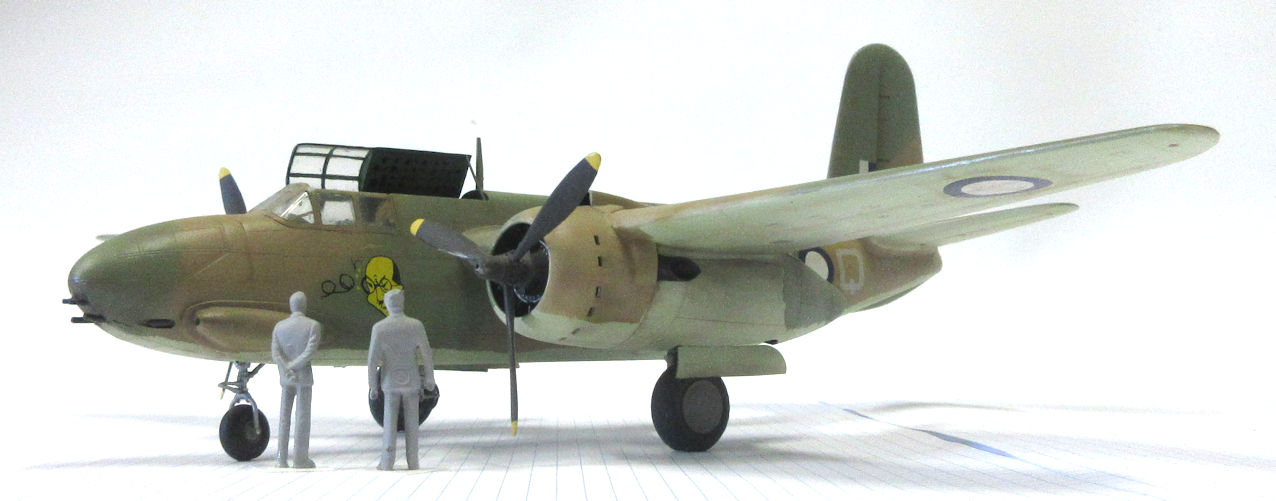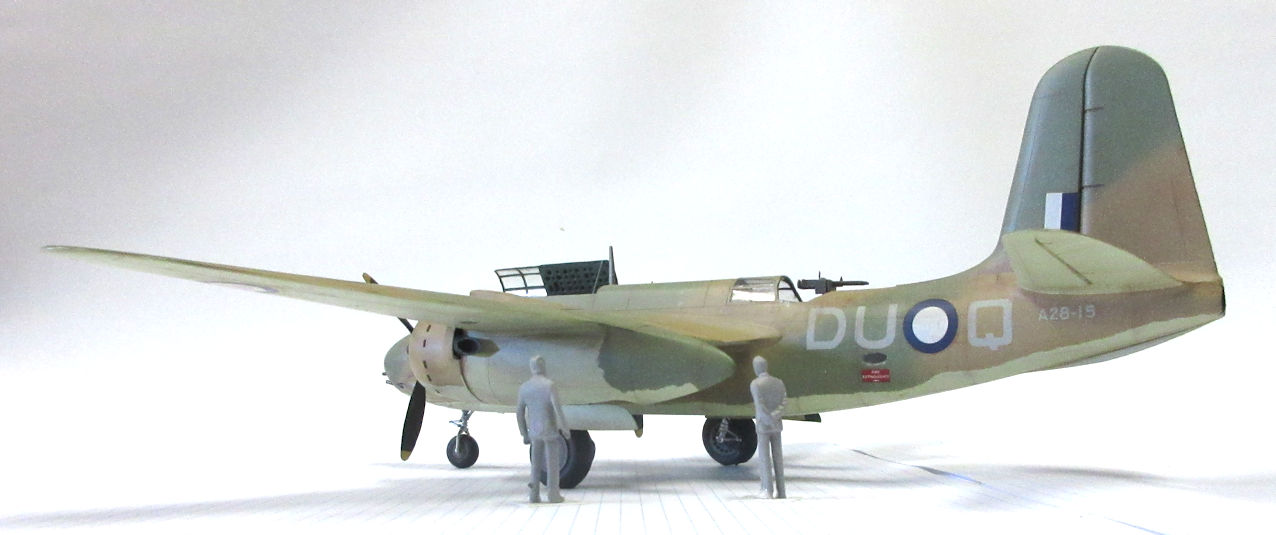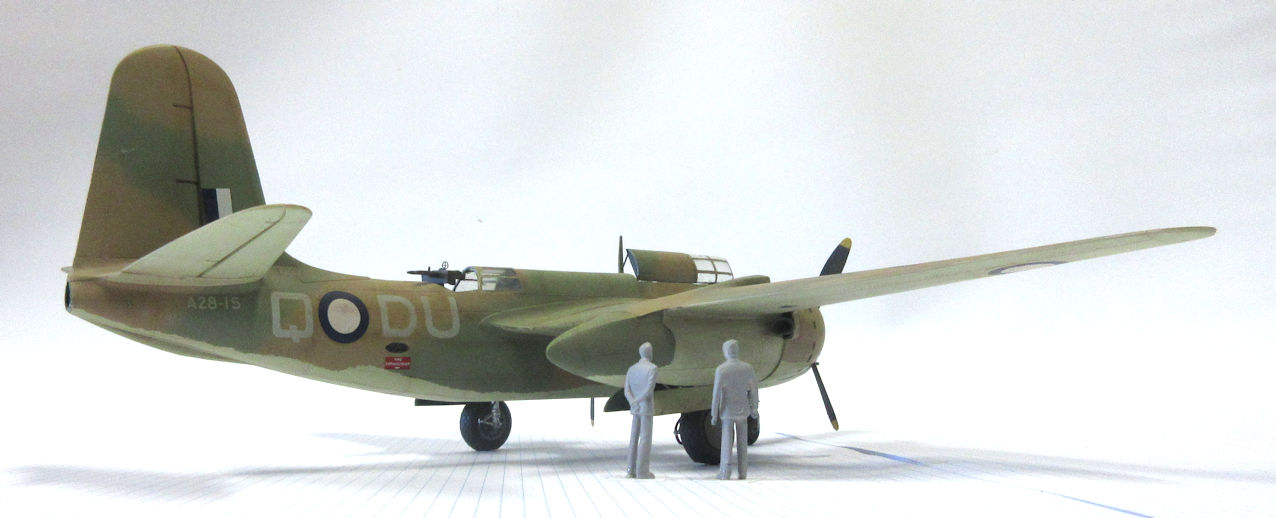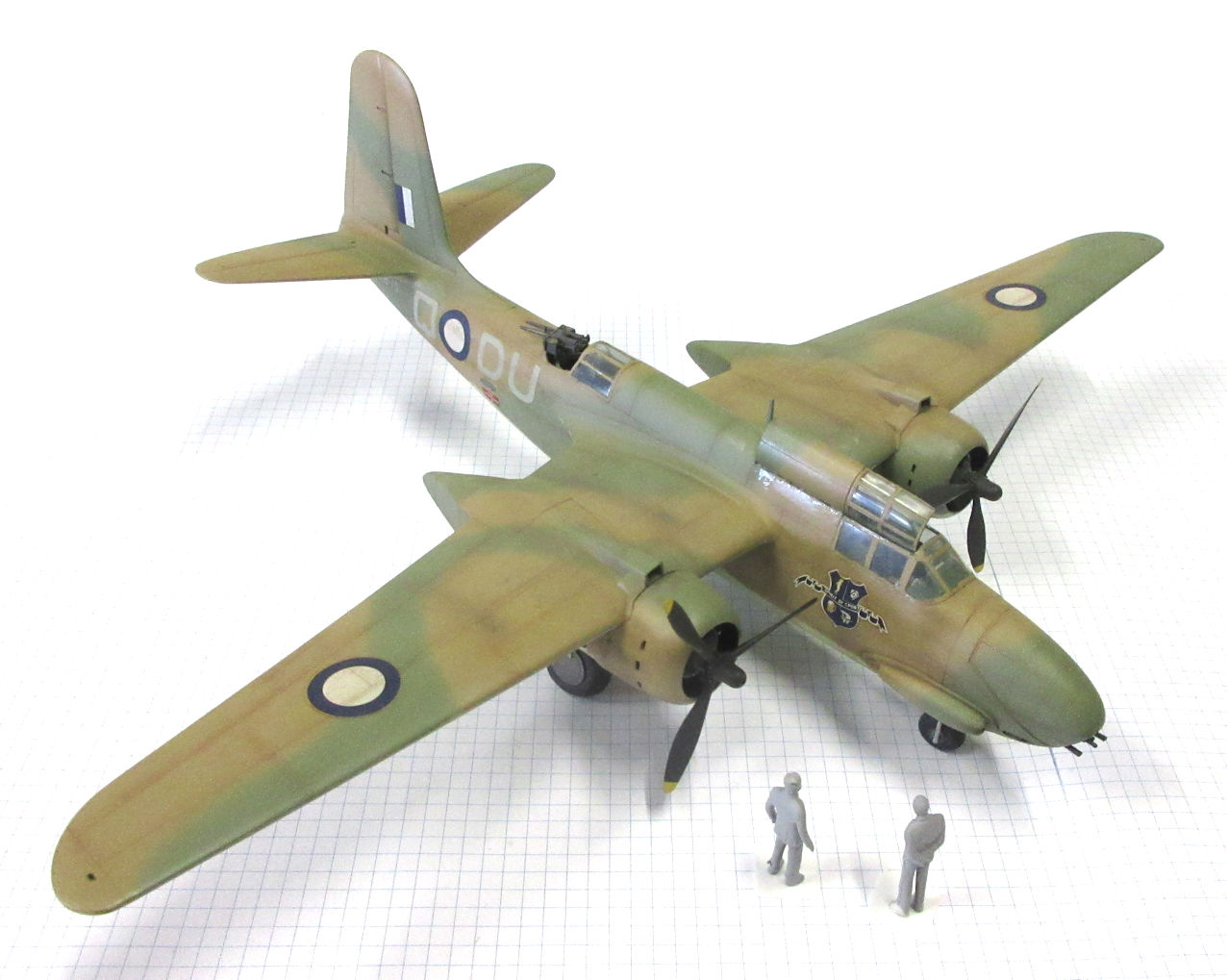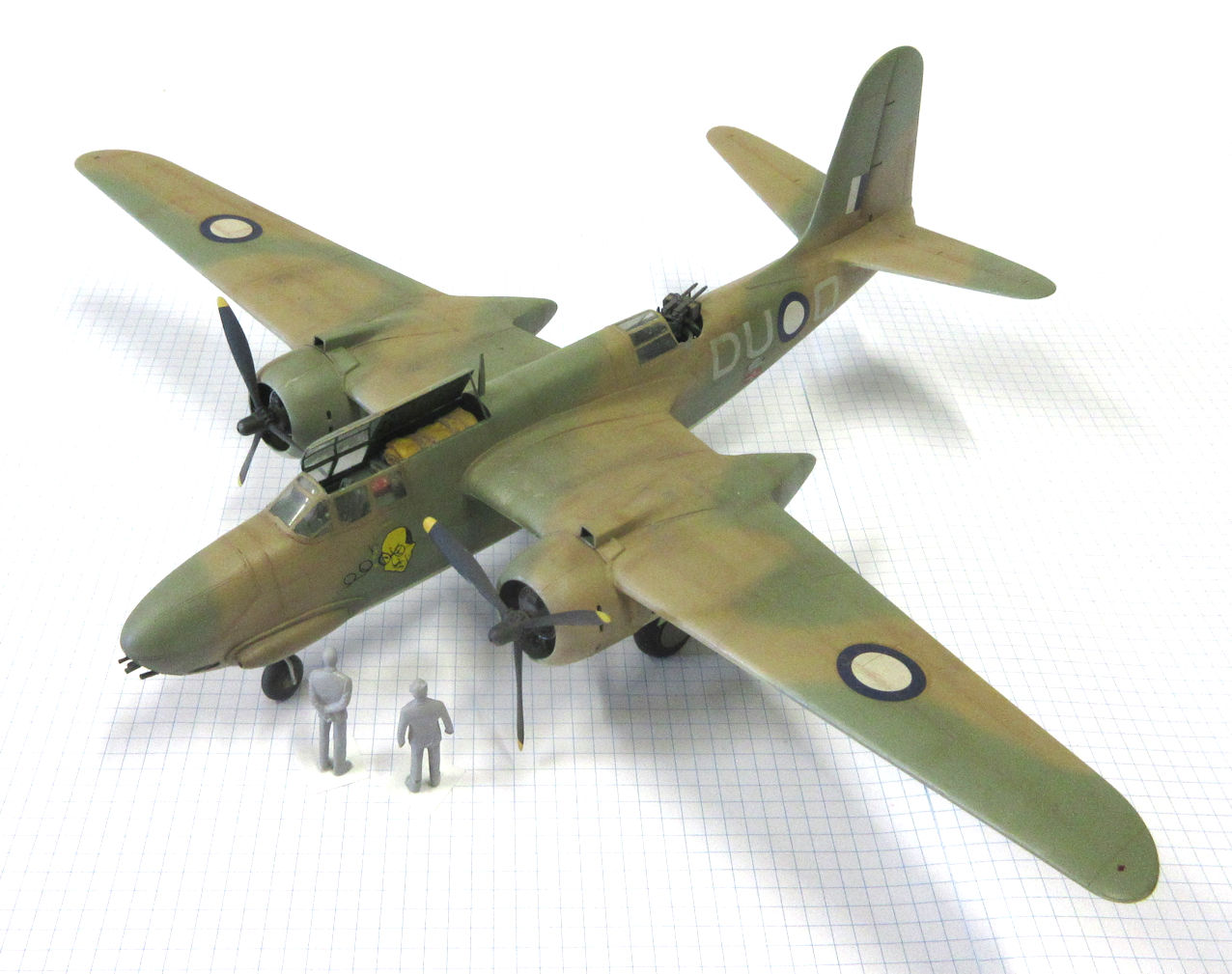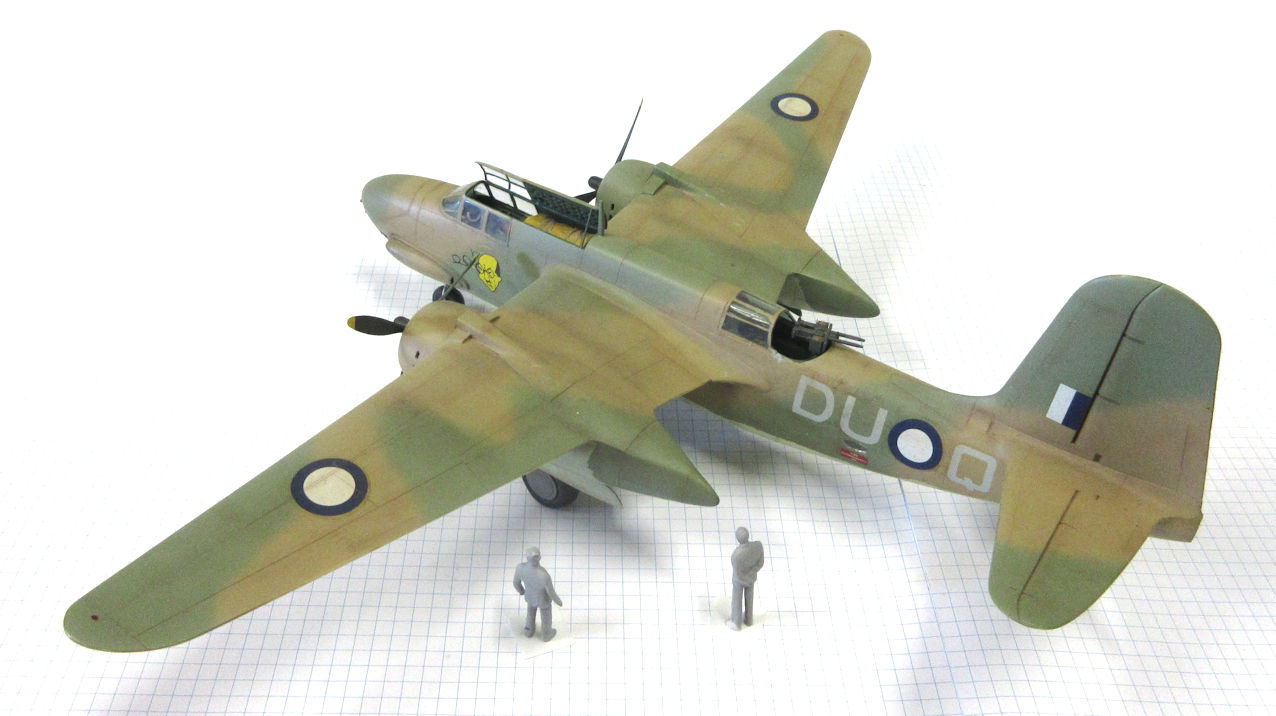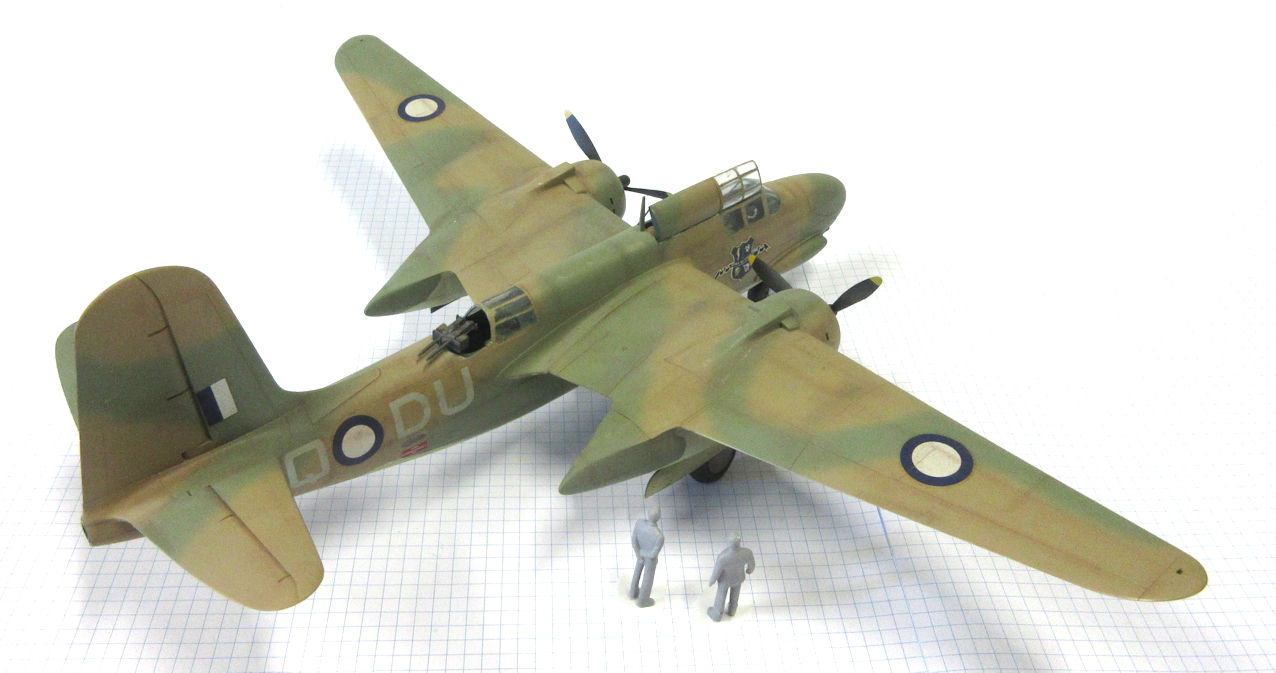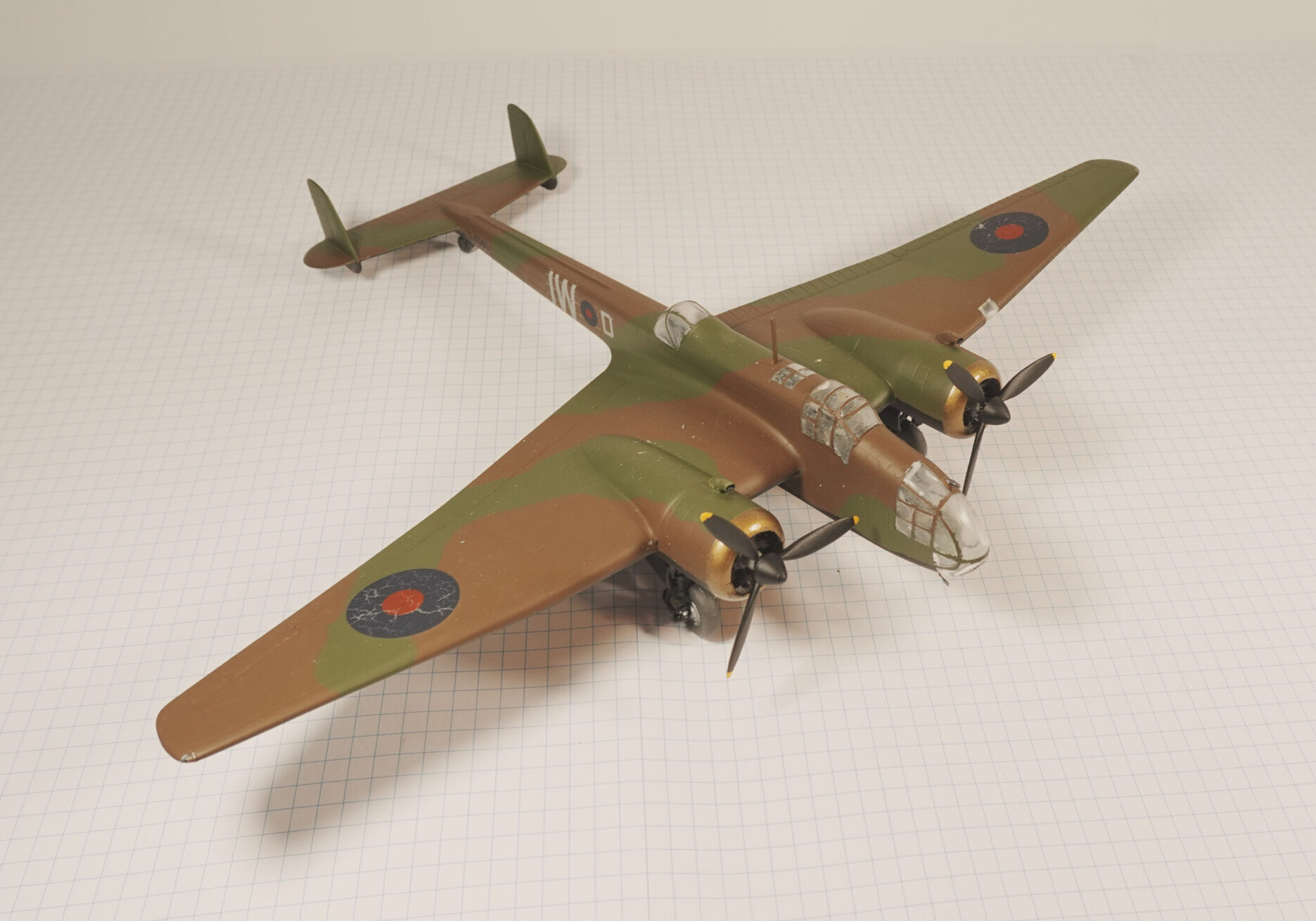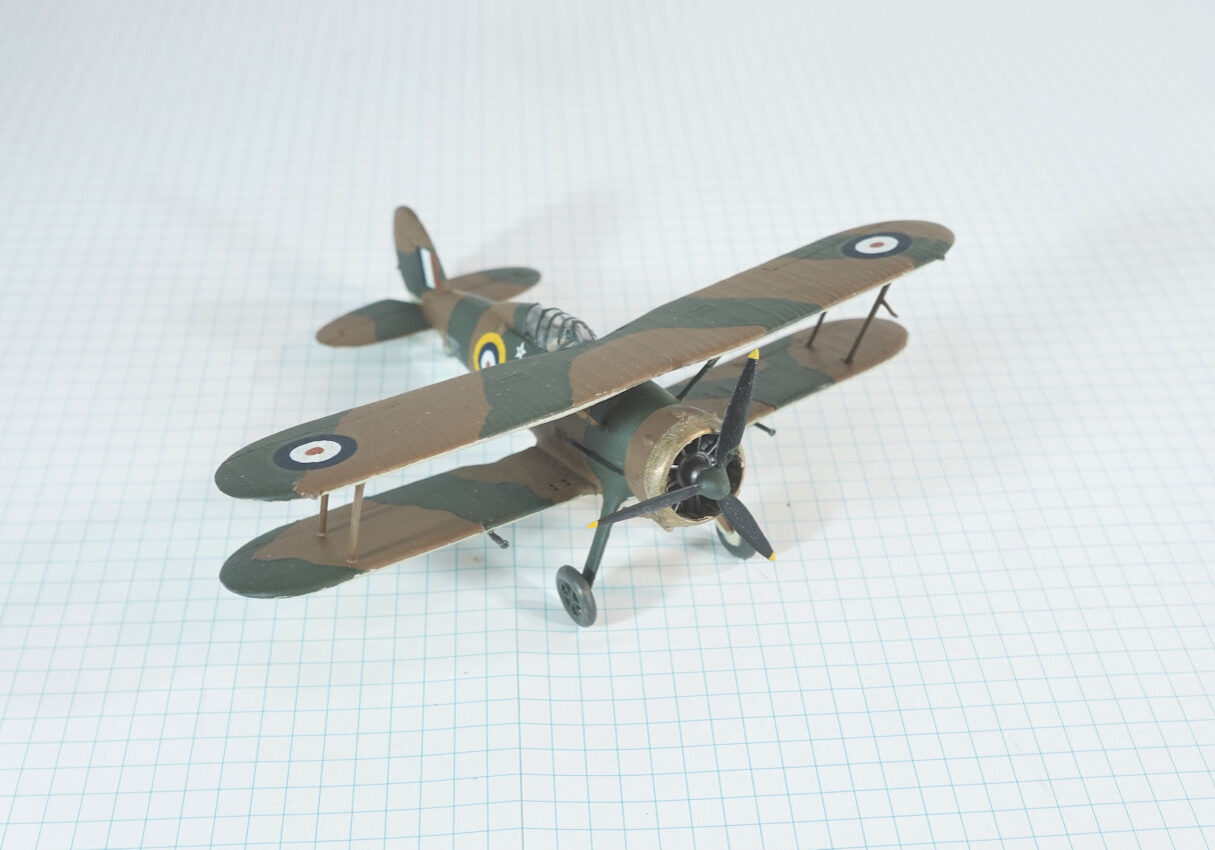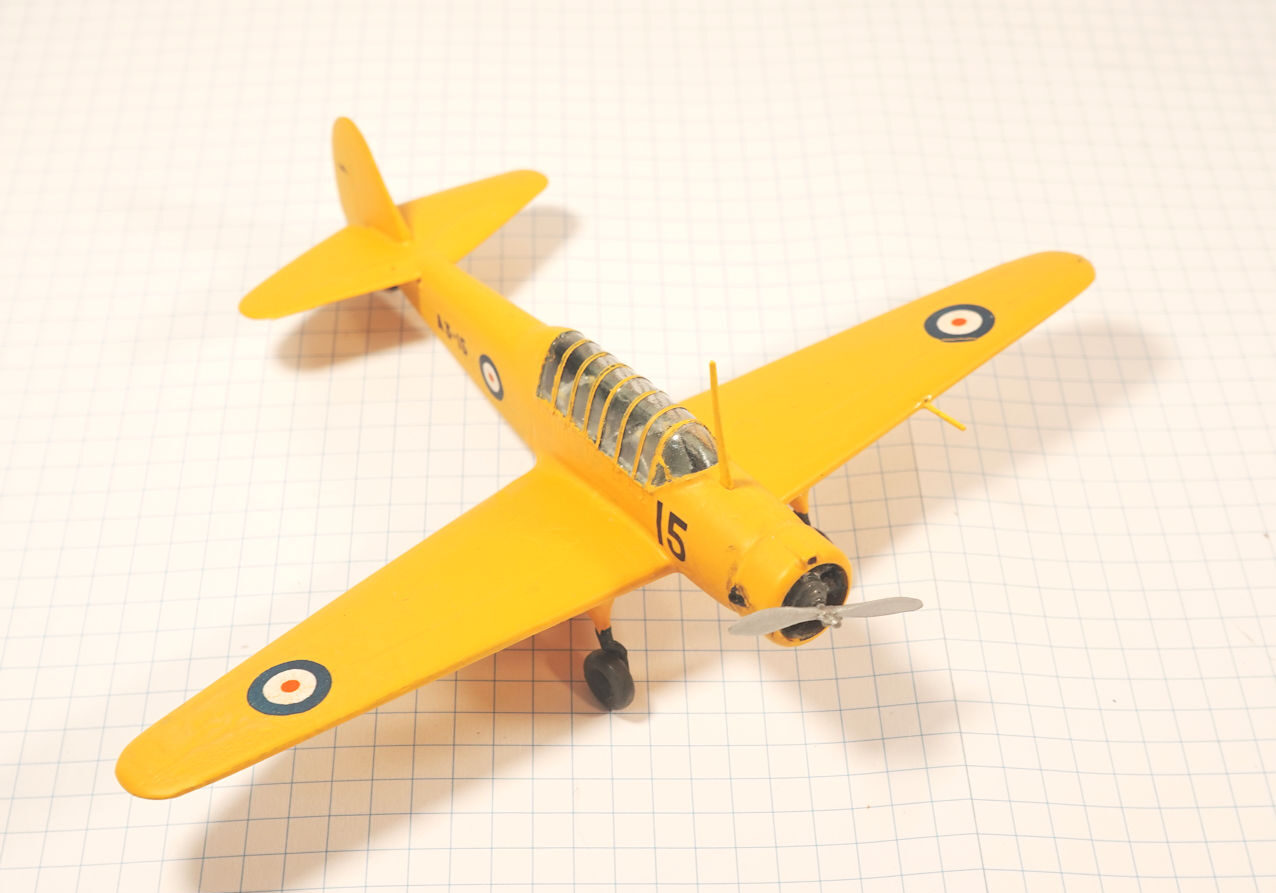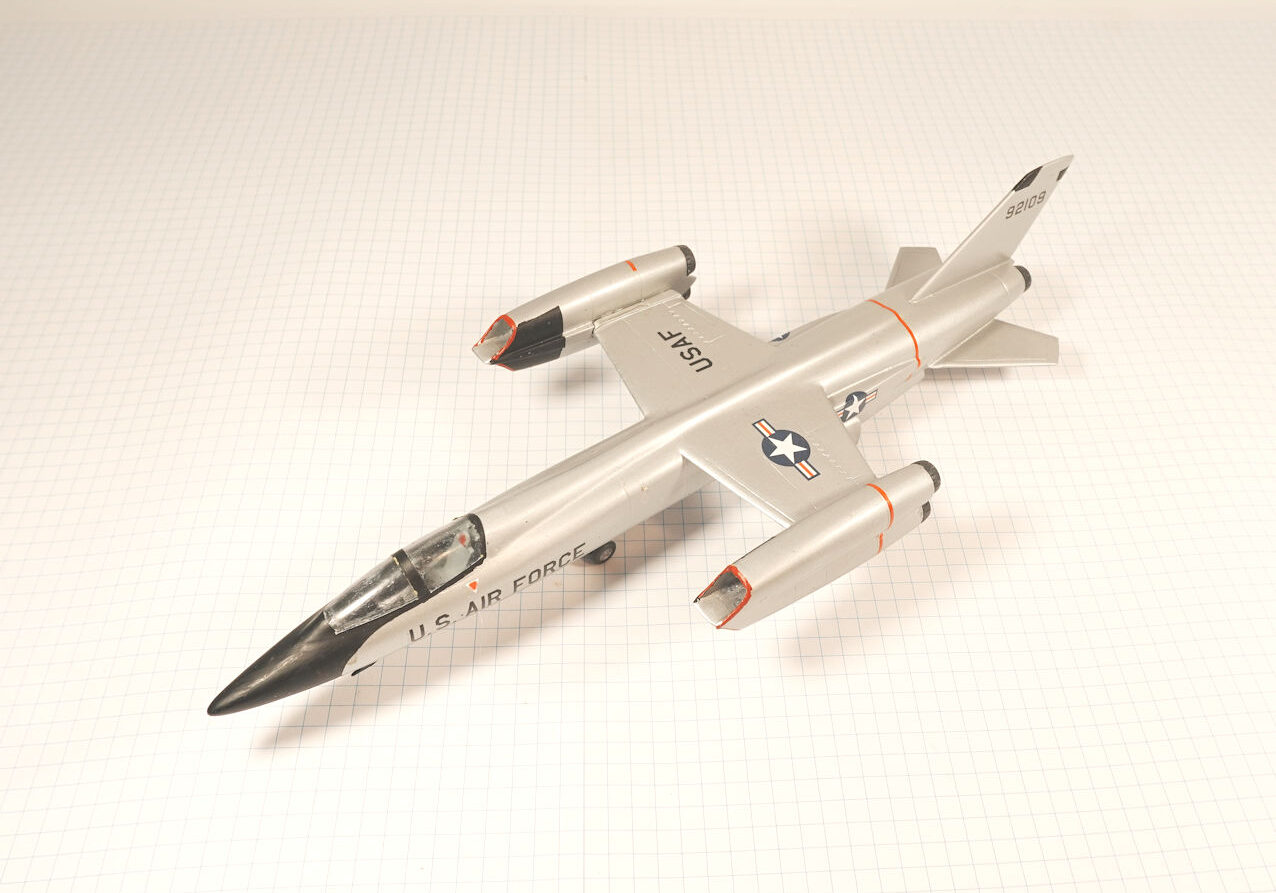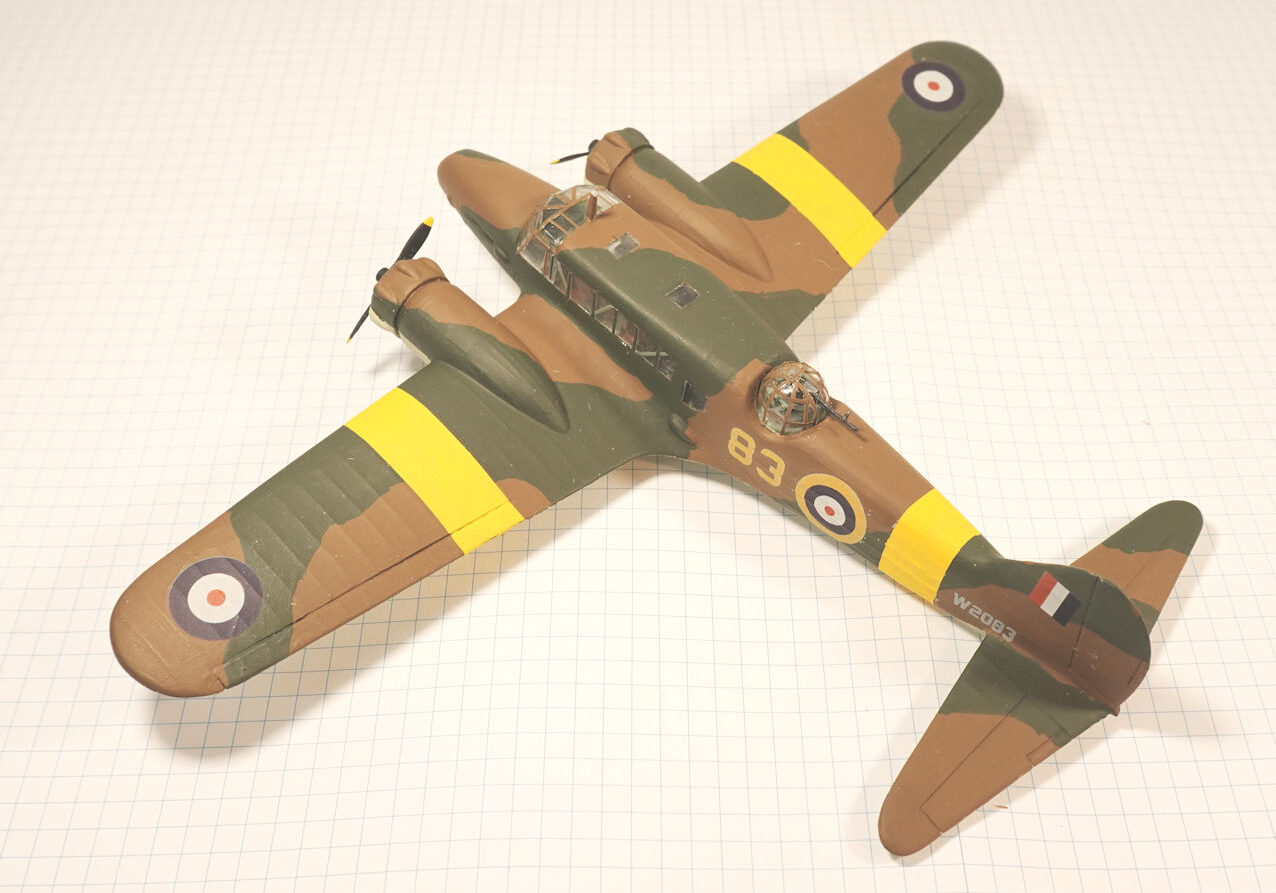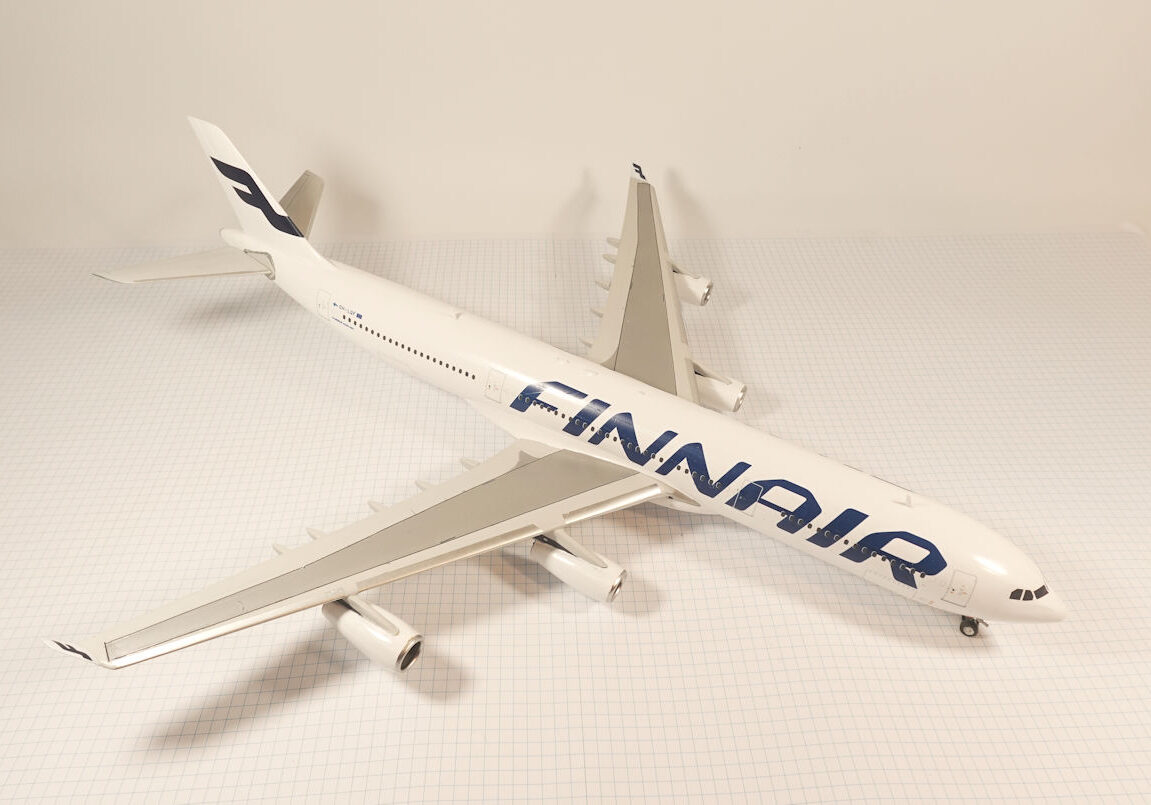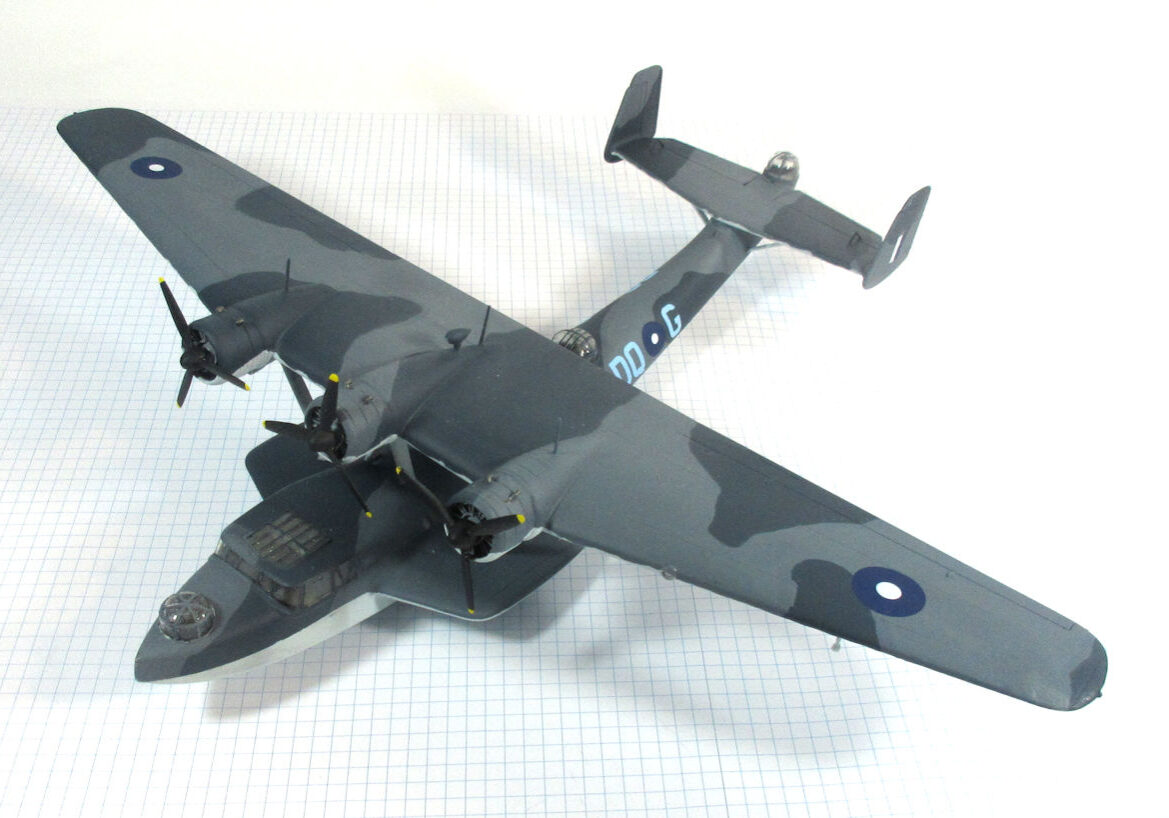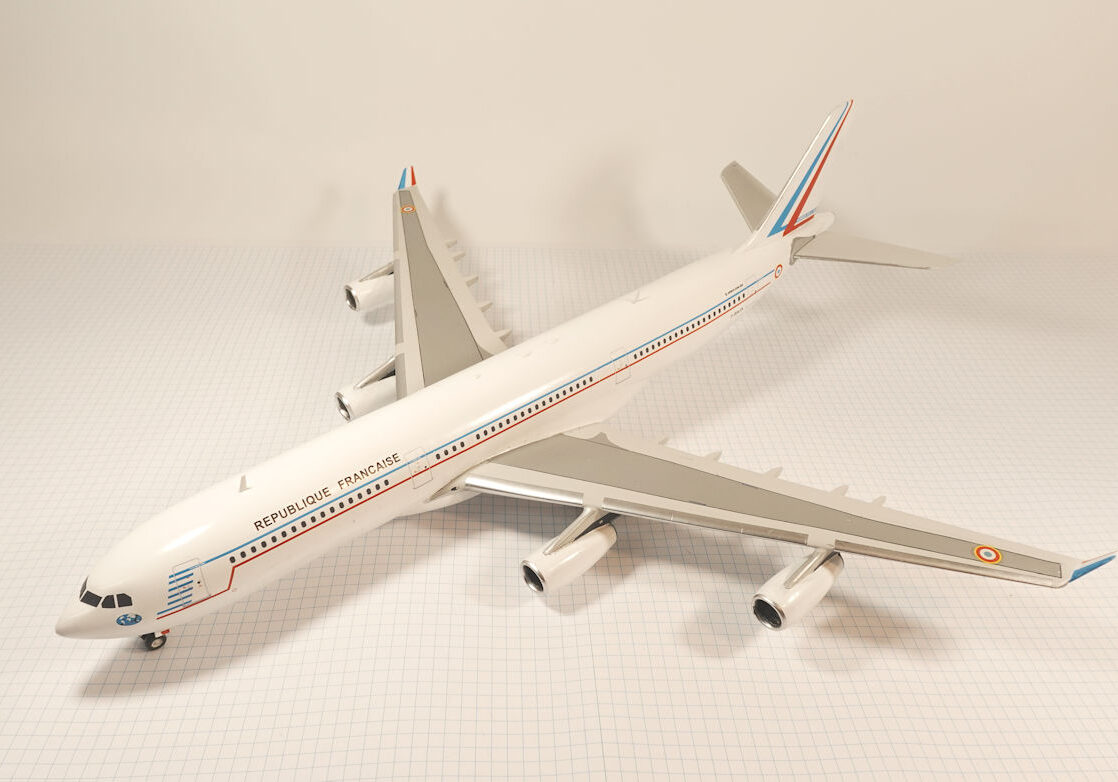History
The Douglas Boston was a light bomber flown by most Allied nations during World War 2. The RAAF’s Bostons were used effectively against Japanese forces in ground attacks roles.
The Douglas Boston had several names. It’s maker’s designation was DB-7, in United States Service it was called the A-20 and in British Commonwealth service as the Boston.
It was a light bomber first flown in January 1939 which began entering service in 1941.
Early models were ordered by the French government but diverted to Britain after the fall of France.
Some of those were then diverted to the Netherlands government in the East Indies but were diverted to Australia after the Japanese attacks in 1942.
The RAAF’s 22 Sqadron was the only one to fly Boston aircraft.
This model represents A-28-15 flying for 22 Squadron, RAAF in New Guinea in mid 1943. It was lost in action to enemy flack on 12 September 1943.
Data: light bomber. Engines two Wright F-2600-23 Cyclone engines of 1193Kw each. Wing span 18.96m. Length 14.63m. Maximum take-off weight 12,338kg. Range 1650km. Armament four .50 cal machine guns and six .303 cal machine guns. Crew 2.
AMT 1/48 kit completed by Wayne Eagles in 1998.
